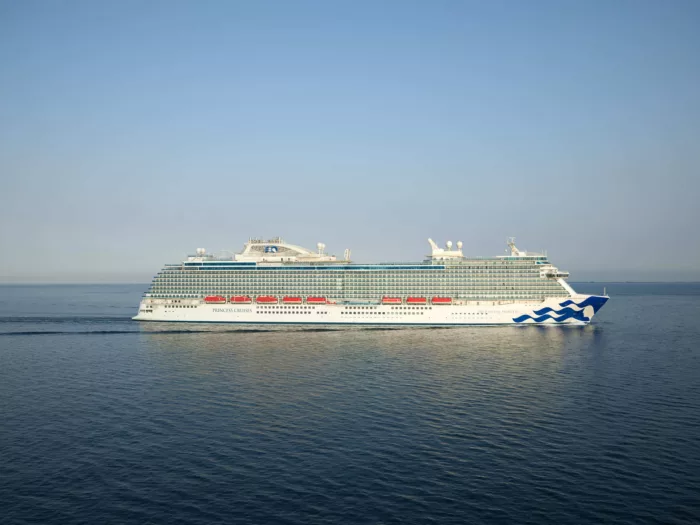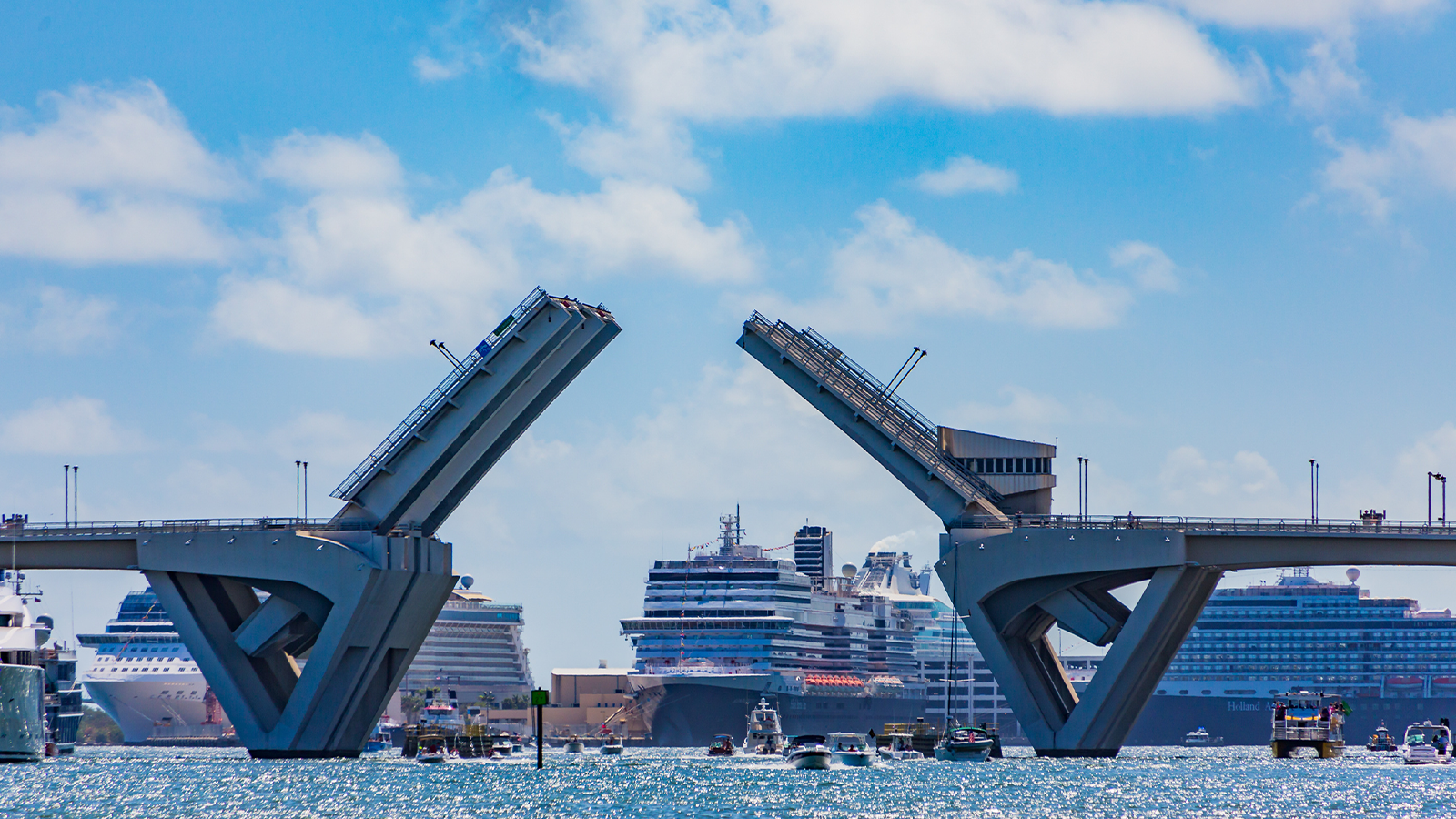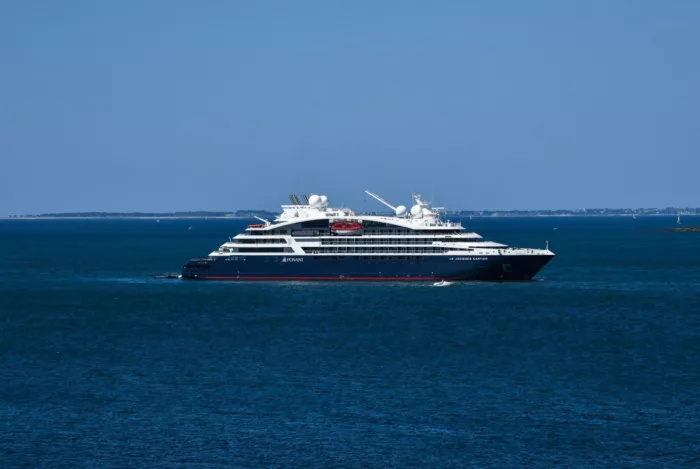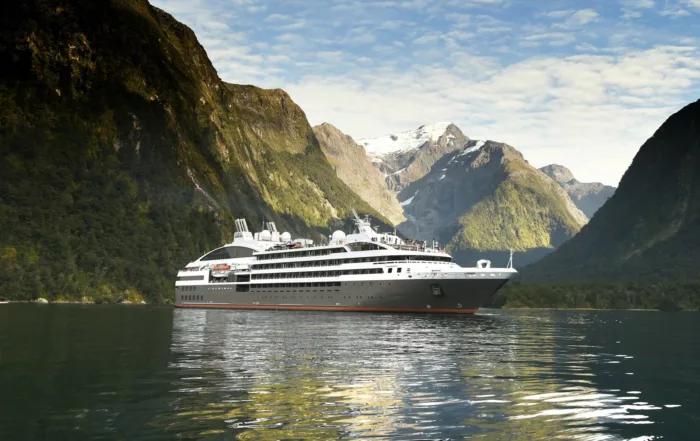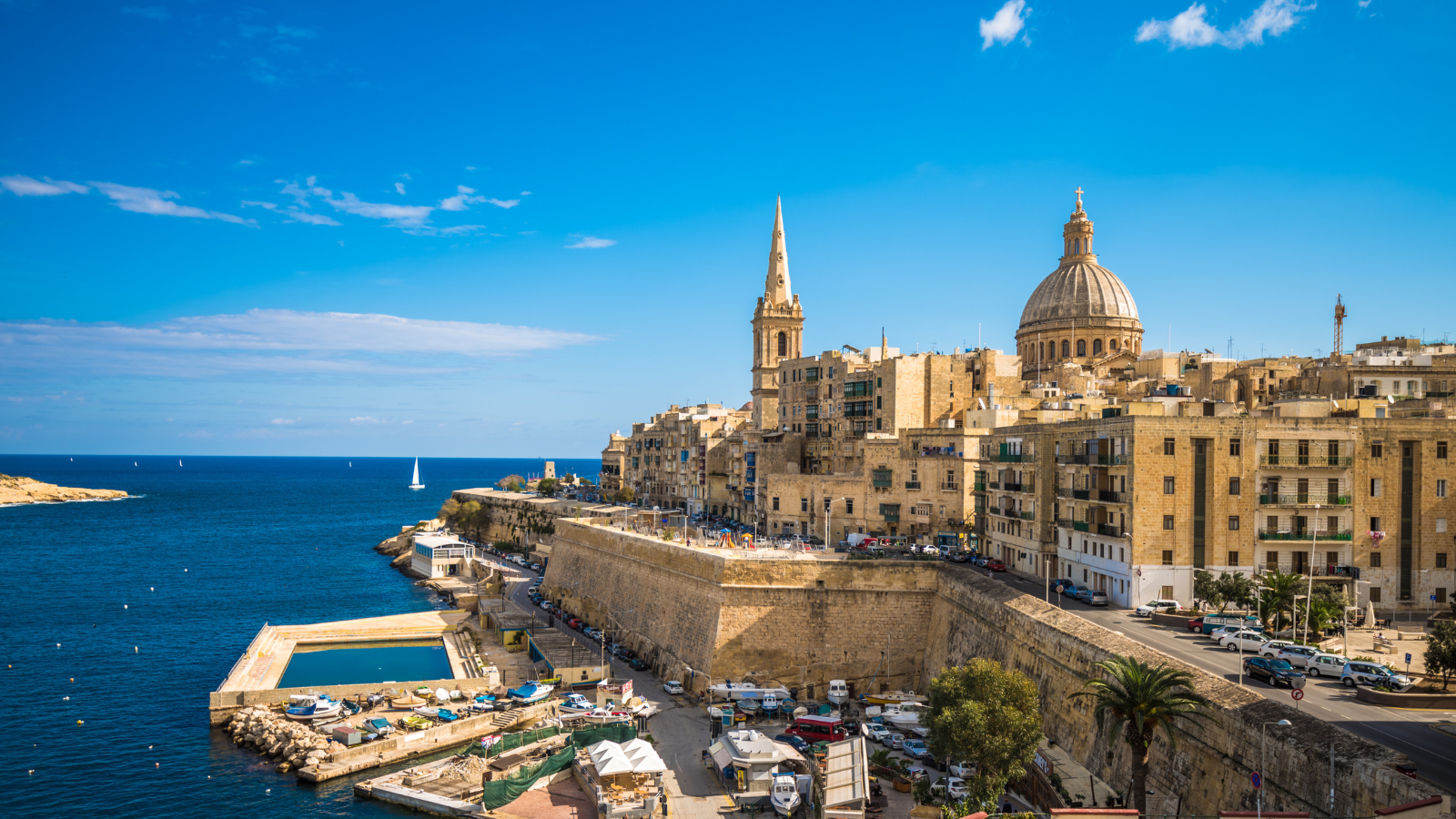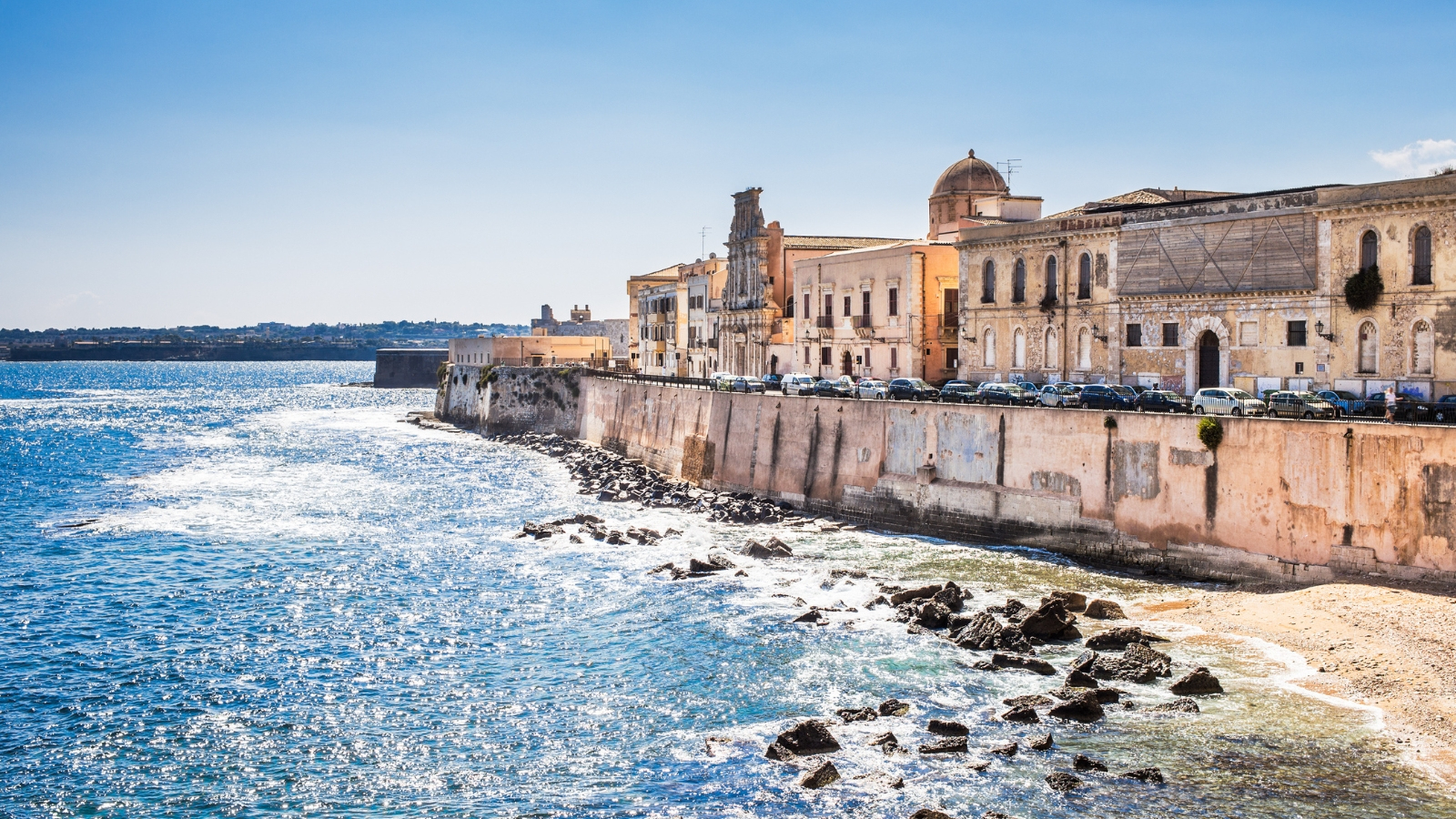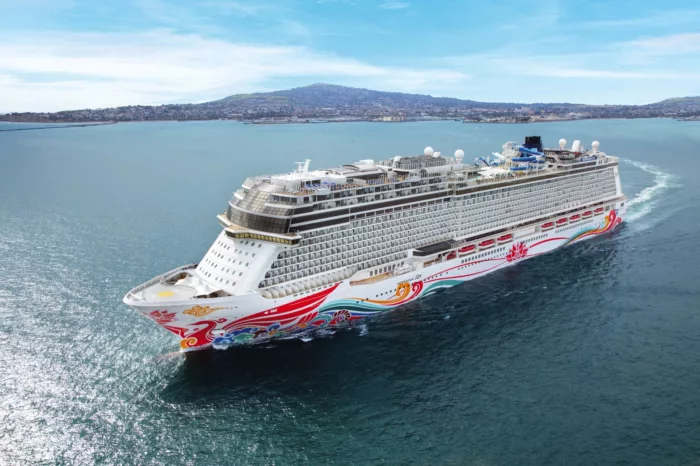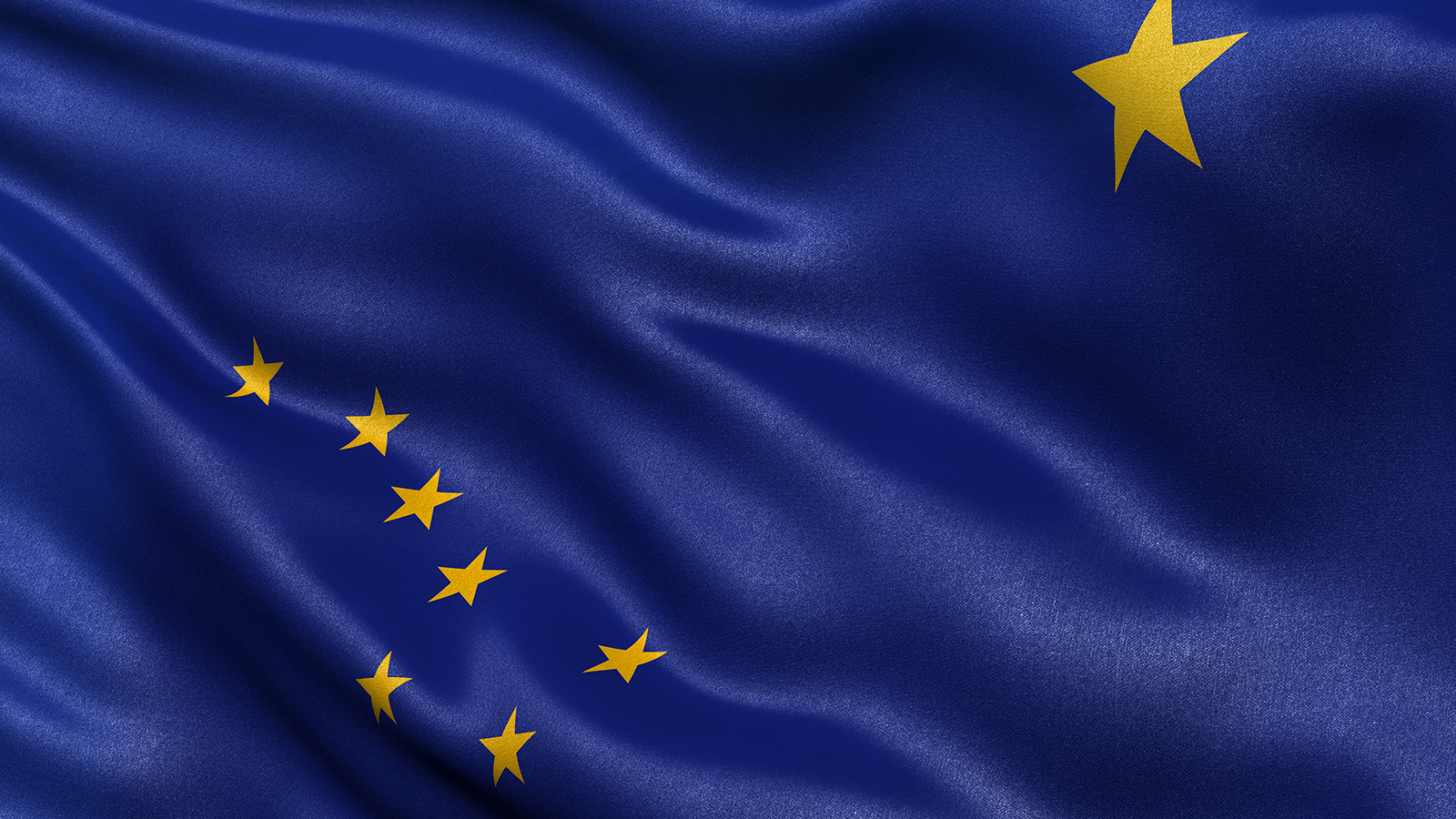
What the EU’s EES and ETIAS schemes mean for UK cruisers
The way Brits travel to Europe will change in 2025 with the introduction of the Entry/Exit System (EES) and the European Travel Information and Authorisation System (ETIAS). Here’s how it will affect cruisers.
Although the introduction dates are still unknown, the EU’s EES and ETIAS programmes should launch in 2025, following lengthy delays (the EU had initially planned for the two systems to go live in 2023).
ETIAS is an online travel authorisation system for travellers from countries with a visa-free travel arrangement with the EU (including the UK and the US). You'll need a valid ETIAS to travel to all EU countries (except Ireland), Iceland, Liechtenstein, Norway, and Switzerland.
On the other hand, EES is a new way for the EU to monitor how people travel in, out and through the Schengen Area. While an ETIAS application must be submitted before departure, EES processing will happen at your destination.
Here’s everything you need to know about both systems and how they might impact your next cruise to the EU:
What’s EES, and how does it work?
EES stands for Entry/Exit system. It will be the first of two schemes (the second being ETIAS) introduced in 2025. The scheme will help the EU monitor who enters, exits and transits through the Schengen Area.
EES is designed for short stays (up to 90 days on EU soil in any 180 days) by visitors from what the EU calls ‘third countries’. These include all countries not part of the EU or the Schengen Area, which comprises all EU states (apart from Cyprus and Ireland), Iceland, Liechtenstein, Norway and Switzerland).
EES will replace the current passport stamping system. Following the launch of EES, travellers will need to register personal data, including fingerprints and a photograph, when first entering the EU. Children under 12 will need to provide a photo but not fingerprints.
Subsequent border crossings should be quicker, as controls (carried out by passport control officers or at self-service booths) will only verify, rather than register, your data.
According to the EU, the EES will:
- make external border management more efficient
- help crack down on illegal immigration
- improve the management of migration flows
- make spotting people using fake IDs and passports easier
- help prevent and investigate serious crimes and terrorist acts

What’s ETIAS, and how does it work?
ETIAS is the better-known of the two upcoming EU schemes and will only be introduced six months after EES launches.
ETIAS is a travel authorisation scheme. Think of it like the United States’ Electronic System for Travel Authorization (ESTA), an automated system that – based on a set of information you provide online before departure – grants you (or not) the right to travel.
Neither ETIAS nor ESTA grants you the right to enter the territory; they merely authorise you to travel to the destination. You could still, technically, be refused entry into the country (although this is a remote possibility).
Travellers will need to apply online on the official ETIAS website. As is the case with ESTA, we expect a variety of unofficial websites to pop up pretending they can handle the ETIAS application for you. Do not fall for this trick: only apply through the official channel.
Applying will cost €7 (£6). If granted, the ETIAS travel authorisation will be valid for three years.
While the EU says that most applications will be reviewed in minutes, the process can take up to two weeks if you are requested to provide additional information. So make sure not to leave your application to the last minute.
ETIAS works alongside EES and grants short-stay rights. You can travel to the EU as much as you want in the three-year validity period but for no more than 90 days in any 180-day period.

How will EES and ETIAS affect UK cruisers?
ETIAS is the straightforward part of this equation: if you hold a British passport and are planning a cruise to the EU, you will need a valid travel authorisation.
The rules for EES are slightly different. If you embark on a cruise departing or arriving at an EU port, like Barcelona, you must go through EES processing to register or verify your data.
However, if your cruise starts and ends outside of the EU and only has port calls in the EU, like a round-trip cruise from Southampton, you should not need to go through EES processing, as day trips are exempt.
When EES and ETIAS finally launch, we expect teething issues. First, as with ESTA, airlines and cruise lines will check travellers have a valid ETIAS authorisation, which will take time. On arrival at the destination, most travellers will be EES first-timers and register their data, which is slower than verifying it.
If you travel to the EU after the launch of EES and ETIAS, ensure to get to your port or airport early in case these new systems cause delays.
In time, things will improve as travellers, travel companies, ports, airports, and border control officers get more familiar with EES and ETIAS.




